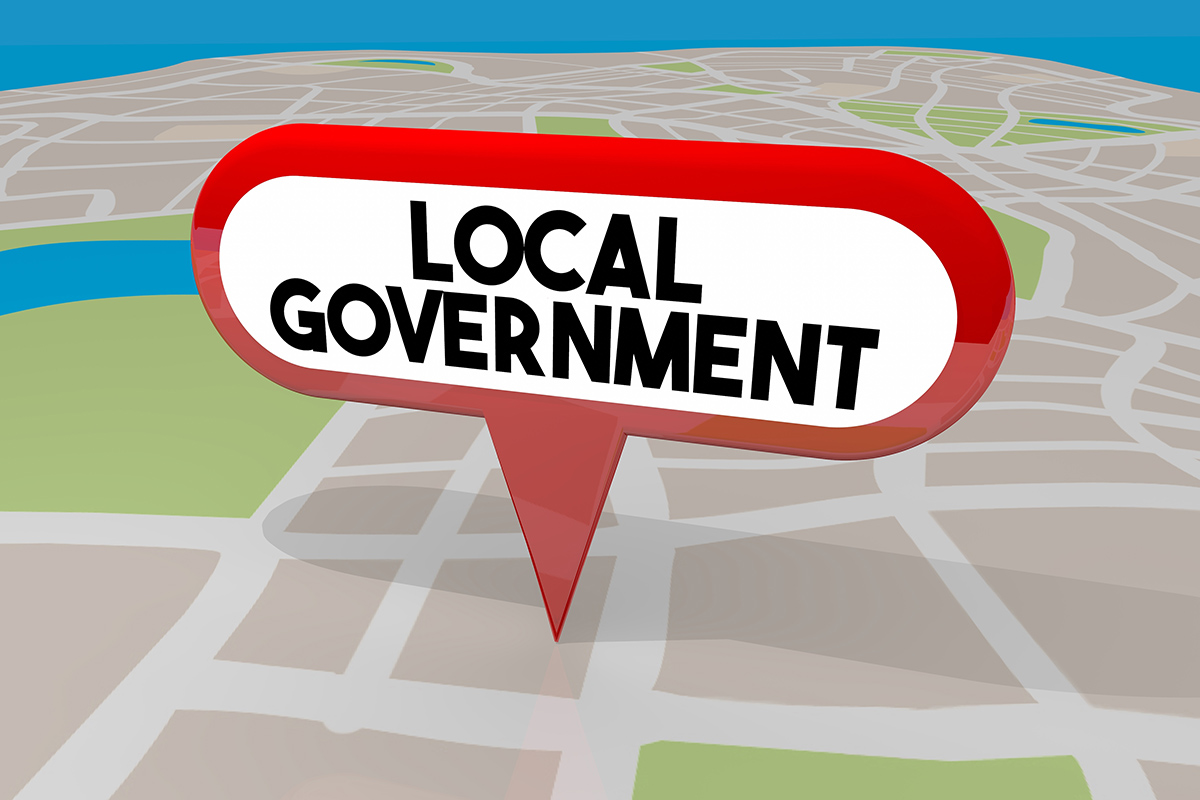“Digital Bangladesh: e-Governance making access to information convenient”
December 19
Imagine travelling for miles in the sweltering heat to get to a government office just to collect a form. You’re tired and hungry, but as far as your eyes can see, there are people in front of you waiting in line to be served. It feels like your time will never come. In fact, it’s quite likely you’ll need to make another trip. This might sound daunting, even exaggerated, but it’s not unusual for citizens of Bangladesh to face situations like this when they visit government offices writes Tanha Tarannum, a 25-year-old Correspondent from Bangladesh. Thankfully, in the last decade, policymakers and innovators have found a solution to the issue – e-Governance.
Using the power of the internet, e-Governance is a system that utilizes information technology in public administration to deliver various government forms and services in an online and hassle-free environment to citizens.
For any rising economy, digitizing and decentralizing government services is integral in having an efficient public system. For Bangladesh, that process began in 2001. In 2009, under the Right to Information Act, the prime minister’s office launched the Access to Information (a2i) programme aimed at ensuring easy, affordable and reliable access to quality public services for all Bangladesh citizens.
As a flagship programme of a2i, the e-Governance system’s main focus is to simplify access to public services by reducing the time, cost and number of visits a person has to make to get business done. The government calls it Service Process Simplification (SPS). By simply automating non-value-added tasks, the authorities can reduce the amount of time citizens waste at public offices and in turn boost productivity.
SPS gives a convenient user experience by eliminating inefficiencies in public services and effectively reducing working hours. Offices can allocate evenly distributed times to reach more citizens, while citizens now get attended to in a reasonable time.
In a workshop conducted by the a2i policy advisor, Anir Chowdhury, 120 civil servants were trained how to simplify service delivery. By mapping out the essential procedures in the service delivery process, they were able to cut the unnecessary steps. The process was then redesigned to make it more easily accessible to citizens from a greater number of delivery points.
Integrated service delivery has made it possible for different government departments to collaborate and provide shared services. The ‘Less-Paper Office’, as it is called, ensures files and documents move seamlessly through various government agencies to increase transparency, accountability in governance, and to get faster results for citizens by cutting the bureaucratic red tape.
The programme has pushed Bangladesh even closer towards development by giving citizens a single portal through which they can access all government documents, get land information services, view relevant fees, track processes, and address grievances. In addition, it has given citizens a convenient system they can trust and information they can rely on, while adding to the digital literacy of older citizens.
The e-Governance system has become a “one-stop shop” for the public service needs of Bangladeshis. Before the a2i platform, people had been faced with long commutes, longer waiting times, high costs to travel and more hassle. Now, they are just one click away from getting useful information and accessing a wide array of government services in a simplified and integrated manner – all from the comfort of their homes.
Photo Credits: Shutterstock
About Tanha Tarannum: I am an author. Currently, I am working as a creative content and curriculum developer on various independent platforms. I design courses on SDG goals and STEM education for native teachers in Bangladesh. Someday I hope to become a best-selling novelist. With that ambition, I am pursuing a master’s in English literature and creative writing.






